Sports Performance: 3 Training Tips
Whether you are a weekend warrior, playing on a recreational sports team, or looking to compete in your first marathon, proper training and physical preparation are paramount to nailing your next performance. Sports performance is a vast topic, but today, we are going to
chat about 3 specific aspects:
The science (and art) of tapering
Strengthening programs to supplement your training
Injury prevention tips- how tendons adapt to load
So, what does it mean to taper?
So, what does it mean to taper? This involves reducing one’s training regimen in the weeks leading up to one’s athletic event. Although several tapering models have been proposed, the ideal tapering pattern is the one that reduces fatigue without losing training adaptations. In the context of endurance sports (i.e. running and triathlon), training adaptations refer to the body’s improved ability to utilize oxygen, metabolize glycogen (aka. carbohydrates), and resist fatigue. When it comes to tapering, there are several variables that need to be considered- the training intensity (how hard you are pushing during your session), the volume (how many minutes the activity lasts), and the frequency (number of training sessions per week). Evidence from research has demonstrated that a 2-week taper, where the training volume is reduced, without modification of training intensity or frequency, will have the highest probability of maximizing athletic performance. Particularly, the training volume is decreased anywhere from 41-60%.
Let’s use an example to illustrate this: you are an athlete running 4 times a week (frequency) at 70% effort (intensity) and doing 5 kilometers per session (volume). You have an upcoming event in 2 weeks. To execute the taper, you could decrease your volume by 50% (5 km 🡪 2.5 km), while retaining 70% effort and 4 sessions.
Tapering is also an art because you want to maximize the decrease in fatigue while enhancing physical fitness- it is a balancing act. It is important to keep in mind that too much and too little of a taper are both detrimental to performance. Although sport-specific tapering parameters have yet to be elucidated, the above parameters have been validated in endurance sport.
Strengthening Is Key
Now, we are going to shift gears and talk about strengthening. Why is strengthening so important? Say you are aspiring to compete in a marathon. Besides lacing up the running shoes, your training program will also need to entail strengthening sessions to develop specific muscle groups for running. Whereas running is an aerobic activity and develops the ability of our muscles to contract for long periods of time (aka. endurance), a strengthening session works our muscles differently and develops their power output over short periods of time. Both adaptations are needed to optimize performance and protect against injuries.
Two to three strengthening sessions per week have been shown to build stronger foundations for the muscles that produce power for running: namely our quadriceps, glutes, hamstrings, and calf muscles. The training adaptations that result from strengthening include increased metabolism of glycogen (our carbs or fuel for muscle cells) and improvements in neuromuscular control, which is our body’s ability to recruit and control its individual muscles groups named above.
Injury Prevention and Tendon Loading
This leads us to our final topic, which is injury prevention and tendon loading. As Physios, we like educating our patients about the role of the tendons which are the fibrous connective tissues that attach muscle to bone. Tendons are the ‘go-betweens’ that link our muscles to our skeleton and produce movement. Tendons are targeted in rehabilitation because of their ability to adapt to loading or mechanical stimuli. For example, running is a mechanical stimulus that is transmitted through our tendons. A common source of injury is when we load tendons too quickly, leading them to become inflamed and this is when we feel pain. For instance, if a runner increases their training volume too quickly, this does not allow adequate time for tendons to adjust. Tendons undergo structural remodelling enabling them to tolerate increased training volume, and this process takes time. In other words, tendons do not like to be rushed! This is where the role of progressive training and strengthening programs come in. It is recommended that run training programs increase training volume by 10% each week to facilitate tendon adaptation.
That wraps up this conversation on sports performance. If you have any further questions, book in with one of our Physiotherapists- we would love to guide your training program and help you reach your goals!
Written by: Elani Bykowski MScPT





